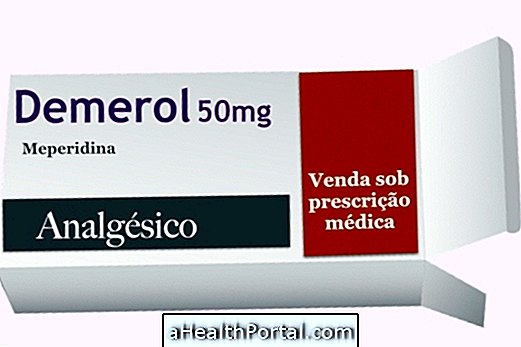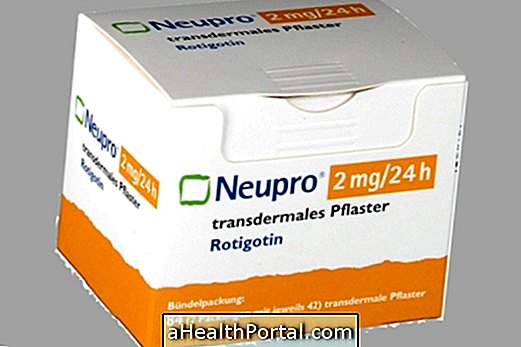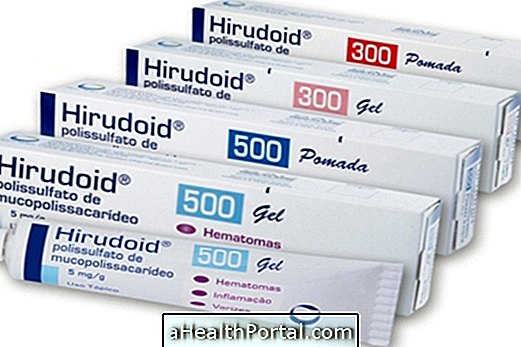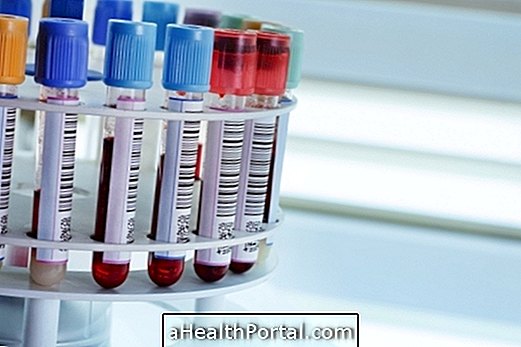Streptomycin is an antibacterial drug known commercially as Streptomycin Labesfal.
This injectable drug is used for the treatment of bacterial infections such as tuberculosis and brucellosis.
The action of Streptomycin interferes with the proteins of the bacteria, which are weakened and eliminated from the body. The drug has a rapid absorption by the body, about 0.5 to 1.5 hours, so the improvement of symptoms is observed shortly after the start of treatment.
Indications of Streptomycin
Tuberculosis; brucellosis; tularemia; skin infection; urinary infection; tumor.
Side Effects of Streptomycin
Toxicity in the ears; hearing loss; sensation of noise or clogging of the ears; dizziness; insecurity when walking; nausea; vomiting; urticaria; vertigo.
Contraindications of Streptomycin
Pregnancy risk D; women in the lactation phase; individuals with hypersensitivity to any component of the formula.
Mode of use of Streptomycin
Injectable use
The application of the medicine should be done on the buttocks in adult individuals, while in children it applies on the external surface of the thigh. It is important to alternate the place of the applications, never to apply several times in the same place, due to the risk of irritation.
Adults
- Tuberculosis : Inject 1g of Streptomycin in a single daily dose. The maintenance dose is 1g of Streptomycin, 2 or 3 times a day.
- Tularemia : Inject 1 to 2g streptomycin daily, divided into 4 doses (every 6 hours) or 2 doses (12 every 12 hours).
Children
- Tuberculosis : Inject 20 mg per kg body weight of Streptomycin in a single daily dose.
























